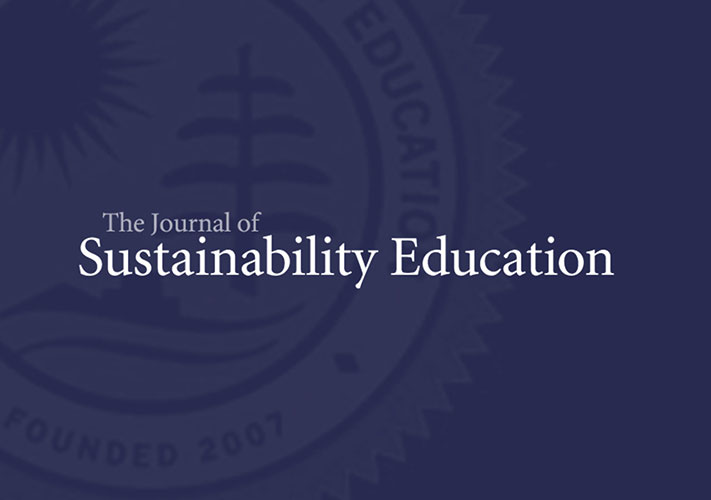Inheriting Struggle and Forming the Future: Indigenous Education-Creation Centres in Highland Ecuador
Overview
Tucked beside homesteads and family food-gardens on the hill-slopes above San Isidro, an indigenous community in Ecuador’s central Andes, you will find the Centro de Formación Indígena ‘Guamán Poma de Ayala’. This is the ‘Guamán Poma de Ayala’ Indigenous Education-Creation Centre (the Centre), a community-based initiative that through voluntary labour sustains an informal and intermittent series of action-focused workshops, gatherings, classes, meetings and events. Its roles and uses are manifold: one week hosting language classes in the local dialect of Kichwa, another as rehearsal space for a pair of visiting musicians in preparation for annual winter festivities; on occasion the site of planning meetings lasting late into the night to debate and decide the relative merits of a community-wide food cooperative, led by two teenagers; at other times becoming something of an activist hub, where mobilizations with neighbouring communities were coordinated to tackle ongoing discrepancies in access to water. Often it would be taken over by a group of jovenes/youths, practicing crafts or music or dance, or else huddled around a TV set watching a film about environmental degradation of indigenous lands in the relatively distant Amazonian regions. Needless to say it was an active space, performing many educational and intentional roles, while being firmly rooted in the qualities and characteristics of San Isidro. In what follows, I look at the relationships between place, collective struggle and the kinds of education that a Centre such as this provides, in order to explore the links between emergent place-making practices and the construction of intentional, sustainable livelihoods and futures.








